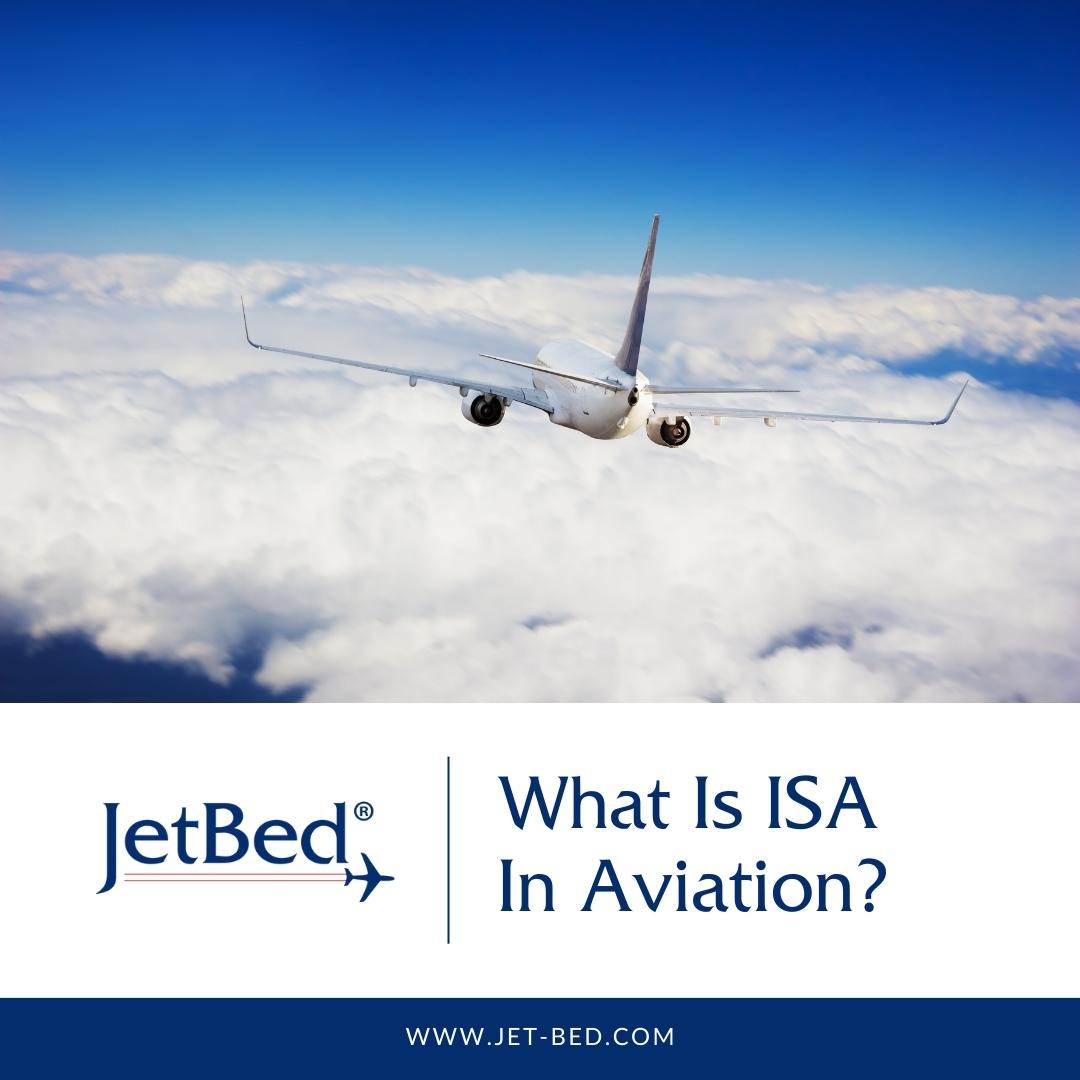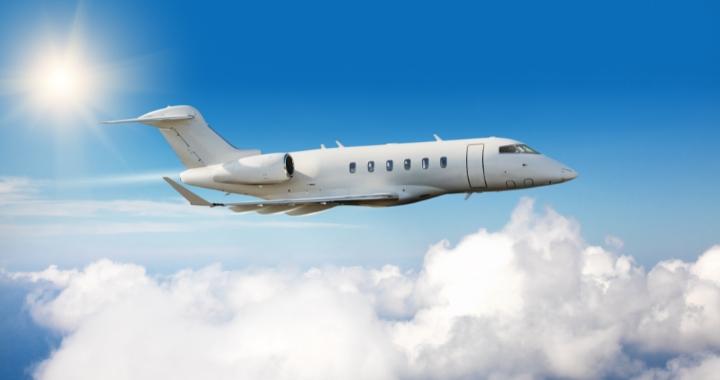In any industry, establishing standardized metrics and procedures is vital for progress and safety. Standards provide a common baseline that manufacturers can rely on when designing products, and practitioners can reference to benchmark professional responsibilities. This is especially important in the aviation sector.
In aviation, standardized metrics are crucial due to aircraft performance being impacted by myriad environmental factors like temperature, pressure, and density at various flight levels. Significant deviations from expected conditions could potentially compromise margins of safety. To address this, the International Civil Aviation Organization (ICAO) created the International Standard Atmosphere (ISA) model.
ISA defines how key atmospheric factors are expected to change with altitude increase. It serves as a foundational reference for aircraft manufacturers when certifying aircraft performance capabilities. Additionally, it supports pilots in calculating pertinent flight data and assessing current weather impacts on the aircraft they operate.
Today, this post will outline what ISA entails and why it is so important within aviation. We’ll explore its standard definitions, role in aircraft design and safe operations, as well as factors that can cause real conditions to deviate. By understanding ISA fundamentals, we can better comprehend its significance to this specialized industry.

What Is ISA In Aviation?
ISA stands for International Standard Atmosphere. It is a model that defines how pressure, temperature, and density change with altitude in the Earth’s atmosphere. ISA provides standardized values that describe this relationship up to an altitude of 80,000 feet.
The ISA is set by the International Civil Aviation Organization (ICAO), a United Nations agency that regulates international air travel. ICAO establishes standards and recommendations to ensure safety, security, and environmental protection across civil aviation operations globally. Maintaining consistent standards like ISA is crucial for the industry.
ISA provides a common baseline for understanding how atmospheric conditions impact aircraft performance at different altitudes. This standardized reference enables accurate comparisons of aircraft data between manufacturers. It also allows pilots to calculate altitude-adjusted parameters like aircraft speed and density altitude based on temperature deviations from standard.
The ISA standard sets a temperature of 15°C or 59°F at sea level pressure of 1013.25 hPa or 29.92 inches of mercury. It then defines how temperature decreases as altitude increases at a standard rate of 1.98°C (3.5°F) per 1,000 feet up to 11,000 meters (36,000 feet). Above this point, temperatures stabilize at -56.5°C or -69.7°F.
Following ISA standards is important for pilots and crew during pre-flight planning and in-flight decision-making. It helps them determine optimal cruise altitudes and anticipate aircraft handling characteristics. ISA values are factored into performance charts for take-off and landing distances. This consideration of atmospheric conditions promotes safer operations.
Nowadays, meteorological data banks reference ISA to archive weather observations from around the world. Researchers also rely on ISA to analyze topics like climate change. In aviation, adherence to the ISA still underpins crucial tasks from flight testing to certification.

Basic Information About International Standard Atmosphere
Temperature in ISA
The ISA specifies how temperature decreases with altitude from 15°C at sea level to -56.5°C at 36,000 feet in a standardized environmental lapse rate. Temperature directly impacts air density and thus aircraft performance as discussed in the post “What is Density Altitude?”. Changes in water vapor, ozone, or pollution can cause deviations from this expected temperature profile.
Pressure in ISA
Sea level pressure in the ISA is fixed at 1013.25 hPa. Pressure decreases exponentially with height due to the weight of the atmosphere above. Significant differences from standard pressure require altitude corrections during flights. Weather phenomena like low-pressure systems influence actual pressure conditions.
Density in ISA
Density is calculated from temperature and pressure profiles in the ISA. It indicates the air mass per unit volume and impacts how much lift wings generate and engines induce at diverse elevations. Real-world density can vary due to temperature and moisture variations from the standard lapse rates.
Other Components of ISA
In addition to the core T-P characteristics, the ISA specifications take into account humidity ratios and molecular concentrations expected at each altitude level under standard conditions up to 80,000 ft. Deviations from these influence buoyancy and performance.
Real Atmospheric Deviations
While ISA is an ideal model, real atmospheric conditions often differ. Pilots must account for local weather impacts on temperature and pressure up to 36,000 feet and their implications for the safety of flight using aircraft performance data factored around ISA standards. With experience, they can adjust flight profiles to achieve optimal safety margins despite non-ISA conditions.
ISA Value Table


Knowledge of ISA is important for safe and reliable flights.
In conclusion, as international air travel grows increasingly complex, the ISA remains an essential standard regulated by ICAO to harmonize the understanding of atmospheric impacts on flight. ISA is a foundational reference for the global aviation community, whether for flight planning, performance calculations, or weather analysis.
Knowledge of ISA allows pilots to accurately calculate aircraft performance metrics like takeoff and landing distances based on consistent pressure/temperature readings. It also helps determine density altitude, which indicates the effect of altitude and temperature on aircraft handling. Significant deviations from ISA could lead to overspeeding or stalling during key phases of flight.
For more information on aviation technology from answers to questions like What is AQP in Aviation to updates on Safety Management Systems in Aviation, check out our blog. And, if you’re looking for an easy and convenient tool that will help you and your crew avoid flight fatigue, explore our fleet of JetBeds to find the one that best suits your aircraft and lifestyle!

